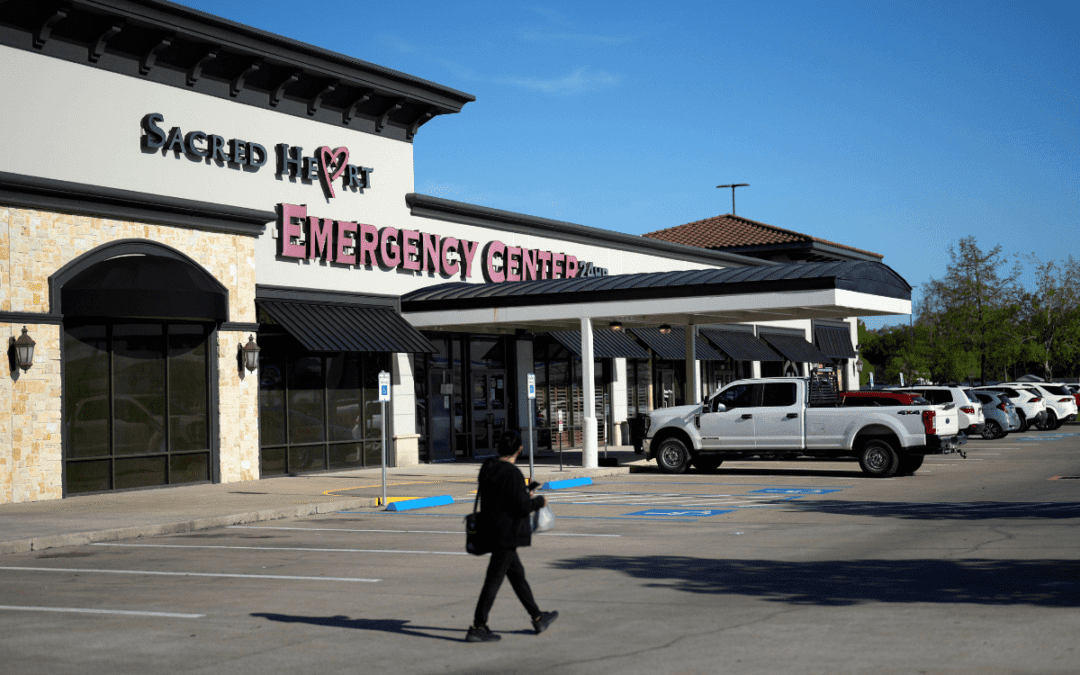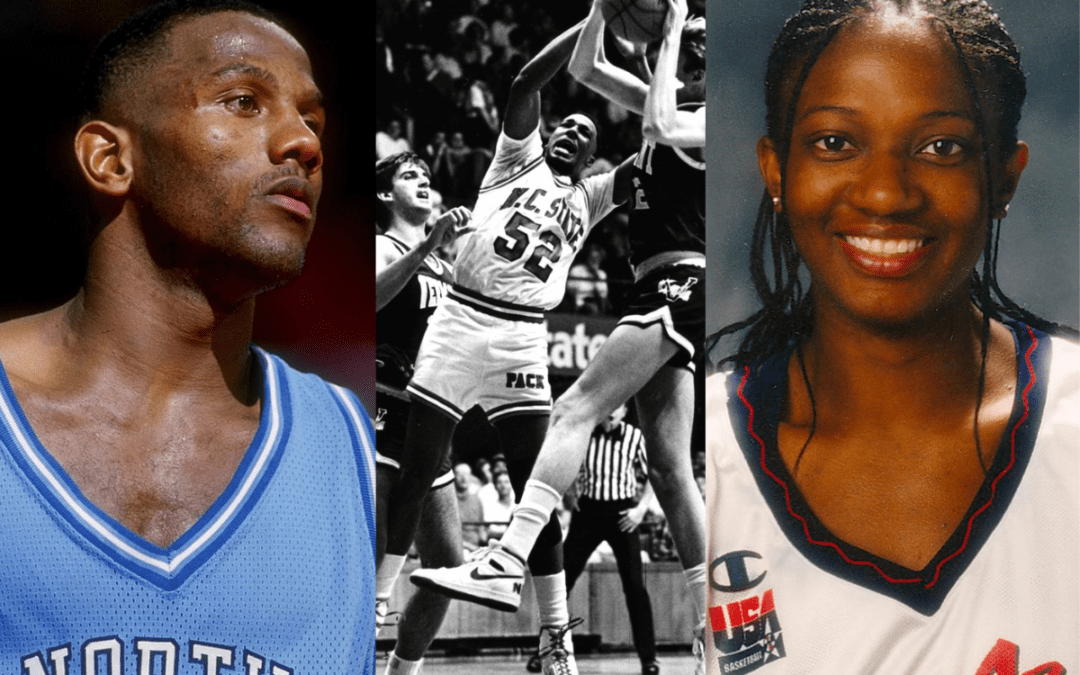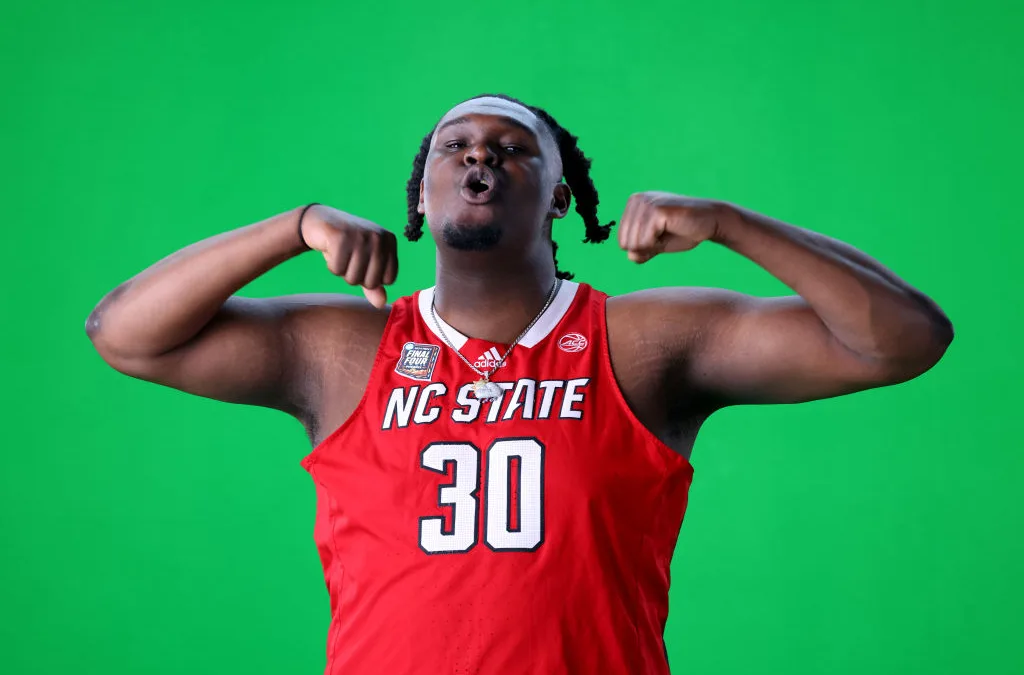
North Carolina Gov. Roy Cooper, joined by his wife Kristin, reacts after being declared winner over Republican Dan Forest in the governor's race in Raleigh, N.C., Tuesday, Nov. 3, 2020. State election officials certified the governor's race and most in the state Tuesday, Nov. 24. (AP Photo/Gerry Broome)
The presidential race and numerous others down the ballot are still up in the air.
The biggest theme of North Carolina’s voting patterns may be this: We are indeed a very split state.
On Wednesday, the day after historic numbers of North Carolinians participated in democracy by voting, a number of the elections were too close to call with unofficial results.
Among those federal races with results too close to call for the news agency Reuters: North Carolina’s choice for president and the US Senate race between Republican incumbent Thom Tillis and Democrat Cal Cunningham.
Statewide races that were also close: NC Attorney General, the NC Commissioner of Labor, NC State Auditor, and NC Secretary of State and three seats on the state’s seven-member highest court, the NC Supreme Court.
That includes the bid to be the next Chief Justice and head of the state judicial branch. Waking up this morning, Republican challenger Paul Newby had a nail-biting lead of just 3,742 votes over the sitting Chief Justice, Democrat Cheri Beasley.
What we do know is that Gov. Roy Cooper will remain North Carolina’s governor, Thom Tillis will likely stay on as a US Senator, and the state now will have five Democrats in the 13-member Congressional House delegation. Walter Robinson, a controversial Republican candidate who has made past racist and homophobic comments, will be the state’s next lieutenant governor and the first Black person to hold that office.

Record Levels of Election Participation
A highlight—no matter the final result coming days from now—was a record number of North Carolinians participated in this election.
The state’s voter turnout for this election set records, with 5.49 million North Carolina voters turning in ballots this year, a shade under 75% turnout of all registered voters in the state so far.
That’s three in four of every voter in the state. Previous presidential election years had turnout significantly below that‑ 69% in 2016, 68% in 2012, and 70% in 2008.

And, again, those are the unofficial results from the State Board of Elections which never announces an official tally of election results on Election Day.
That’s because all the votes aren’t in, and never come in by the close of Election Day.
As Gerry Cohen, one of the state’s most foremost experts on NC election law, told Cardinal & Pine before the election, that’s a sign democracy is working.
“It means the process is working. We count everyone’s vote.”
Gerry Cohen, state elections expert and Wake Board of Elections member, in October.
There are still an estimated 117,000 absentee ballots that have been requested but not turned in (those that voted in-person are not in that count.)
Not all of those will likely come in, but if voters manage to get them postmarked on or before Election Day, and they come into county boards of election by Nov. 9, those will be tallied.
That comes after all the absentee and provisional votes deemed to be valid are tallied up, something that will come more than a week from now. Provisional ballots are cast when a voter casts a ballot, but it can’t be immediately verified because of various reasons, including if a voter comes to a precinct Election Day that isn’t their precinct.
Among those coming out on Election Day was Donnie Lane, a mother and grandmother from Graham who came out to vote.
She went in concerned about health care and whether the Social Security and Medicare she and other older Americans depend on would be protected going forward.
And when she came out of the Graham Recreation Center on Election Day, she said she chose to vote Tuesday to make sure her vote was counted. She wanted to ensure there was no chance her precious say in the future would be lost in the mail.
“I feel good, excited” she said, smiling and jubilant after handing her ballot in.
Politics

Emergency rooms refused to treat pregnant women, leaving one to miscarry in a lobby restroom
By AMANDA SEITZ Associated Press WASHINGTON (AP) — One woman miscarried in the lobby restroom of a Texas emergency room as front desk staff refused...

‘Unfit to be our next governor’: NC basketball greats speak out against Mark Robinson’s run for governor
NC has a long history of greatness on the basketball court. Now college basketball players from UNC, NC State, and Duke are wading into politics....
Local News

Good News Friday: It’s a good day to be a fan of the NC State Wolfpack
The men's and women's teams will compete for a national championship in college basketball this weekend. Plus: How to watch the solar eclipse, and...

The zodiac signs of 12 iconic women offer insight into their historic accomplishments
Zodiac signs can tell you a lot about someone’s personality. Whether they’re an earth, water, air, or fire sign, these 12 categories (which are...




